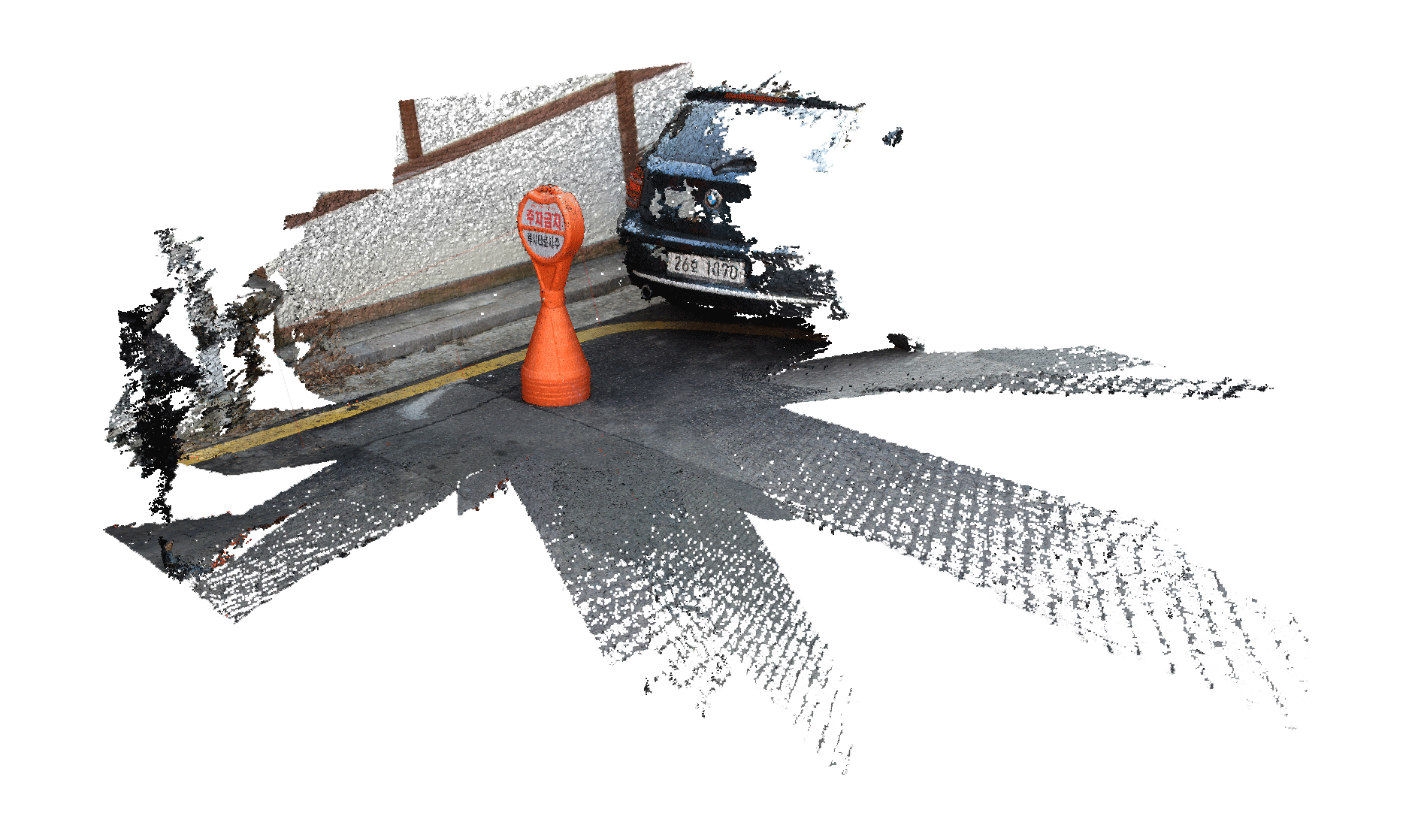There are some exceptions such as The Futurists or Le Corbusier who took cars as the driving force in the development of future cities.
Future scenarios tend to focus on how driverless cars, when combined with the sharing economy, could drastically reduce the total number of cars in urban environments. See Brandon Schoettle and Michael Sivak, “Potential impact of self-driving vehicles on household vehicle demand and usage,” University of Michigan Transportation Research Institute (February 2015), ➝; Sebastian Thrun, “If autonomous vehicles run the world,” The Economist. accessed September 2018. http://worldif.economist.com/article/12123/horseless-driverless); Matthew Claudel and Carlo Ratti. “Full speed ahead: how the driverless car could transform cities.” McKinsey&Company (August 2015), ➝; Luis Martinez, “Urban mobility system upgrade. How shared self-driving cars could change city traffic,” International Transport Forum (2015), ➝; Daniel James Fagnant, “Future of fully automated vehicles: opportunities for vehicle-and ride-sharing, with cost and emission savings.” University of Texas Austin (PhD Dissertation, August 2014), ➝.
Tesla’s current sensing system comprises eight cameras that provide 360° degree visibility with a range of 250 meters, as well as twelve ultrasonic sensors and a forward-facing radar. Waymo’s most advanced vehicle, a Chrysler Pacifica Hybrid minivan customized with different self-driving sensors, relies primarily on LiDAR technology, with three LiDAR sensors, eight vision modules comprising multiple sensors, and a complex radar system.
Alexandria Sage, “Where's the lane? Self-driving cars confused by shabby USA roadways,” Reuters (Marc 31, 2016), ➝; Andrew Ng and Yuanquin Lin, “Self-driving cars won’t work until we change our roads—and attitudes,” Wired (March 15, 2016), ➝; Signe Brewster, “Researchers teach self-driving cars to ‘see’ better at night,” Science (March 20, 2017), ➝.
The relationship between the transformations of the streetscape and the arrival of new vehicular technologies also places driverless cars at the center of the history of architecture. Since its inception, the car has often played a central role in architects’ urban visions. The precepts of the Athens Charter and the images of Le Corbusier’s Ville Radieuse (1930) were explicit responses to the safety and functional issues associated with the popularization of car. The implementation of the Athens Charter was met with varying degrees of success. During the post-war reconstruction of Europe and the global explosion of suburban sprawl, it fuelled architectural controversies that questioned the role of cars in the definition of urban environments.
Michael Barnard, “Tesla & Google disagree about LiDAR — which is right?” Clean Technica (July 29, 2016), ➝.
Warren B. Johnson, “Lidar applications in air pollution research and control,” Journal of the Air Pollution Control Association, vol. 19, no.3 (1969): pp. 176–180.
The need for HD maps, indispensable to the future of driverless vehicles, has produced a new industry. “The battle for territory in digital cartography,” The Economist (June 8, 2017), ➝.
The term “Sensorial Social Contract” derives from “algorithmic social contract” coined by MIT professor Iyad Rahwan, who developed the idea that by understanding the priorities and values of the public, we can train machines to behave in ways that a society would consider ethical. Iyad Rahwan, “Society-in-the-loop: Programming the algorithmic social contract,” Medium (August 12, 2016), ➝.
Simon Garfinkel, “Hackers are the real obstacle for self-driving vehicles,” MIT Technology Review (August 22, 2017), ➝.
See ➝.
All assumptions are based on the current vehicles sensing technologies previously analyzed.
The first high level meeting, organized by the Netherlands, was held in Amsterdam on February 15, 2017 and focused mainly on the technical aspects of automated vehicles. It was attended by no less than twenty-four EU member states, the European Commission, and six industry partners. The next high level meeting was held in Frankfurt on September 14–15, 2017, one of the main outcomes of which was an EU-wide campaign to promote the development of necessary knowledge and realistic expectations among the population, thereby creating an atmosphere of trust. See: “On our way towards connected and automated driving in Europe,” Dutch Ministry of Infrastructure (February 15, 2017), ➝; “Action plan automated and connected driving,” German Federal Ministry of Transport, Building and Urban Development, ➝.
Hod Lipson and Melba Kurman, Driverless: Intelligent cars and the road ahead (Cambridge: MIT Press, 2016).
